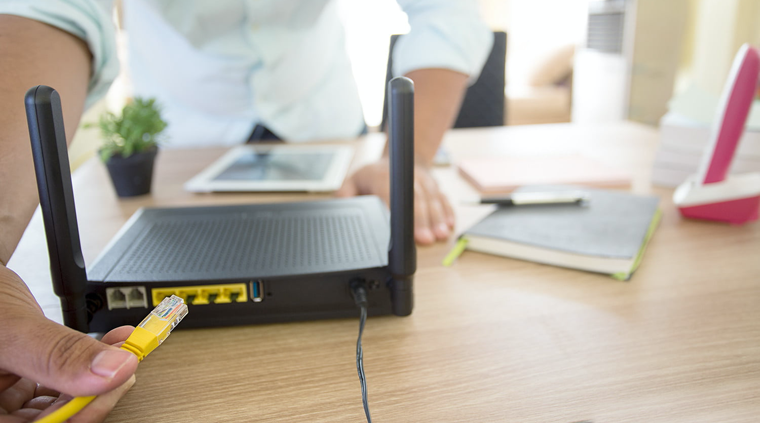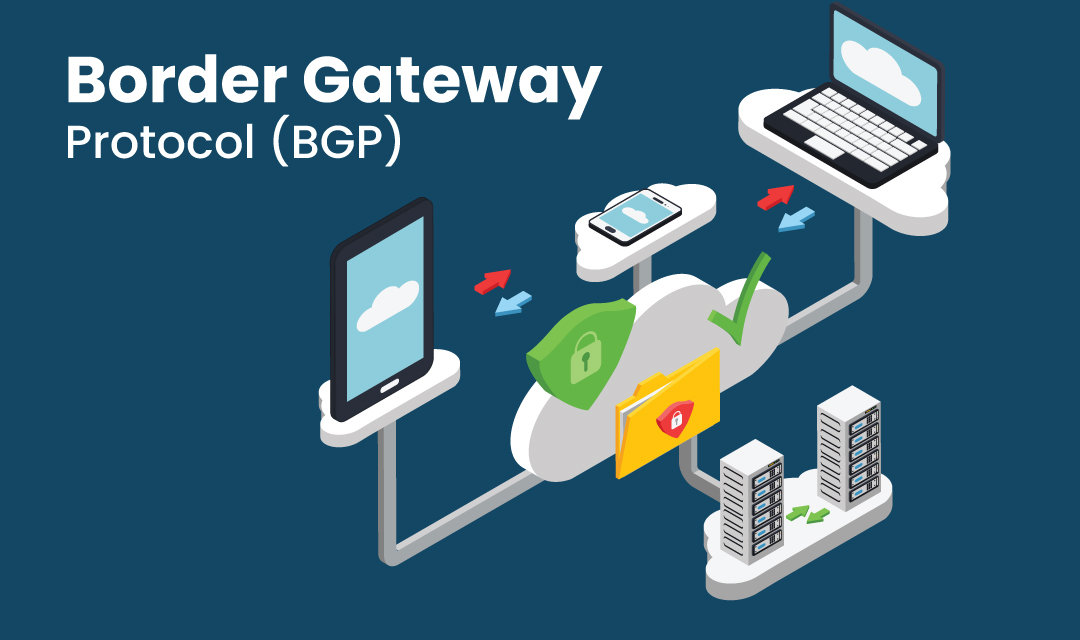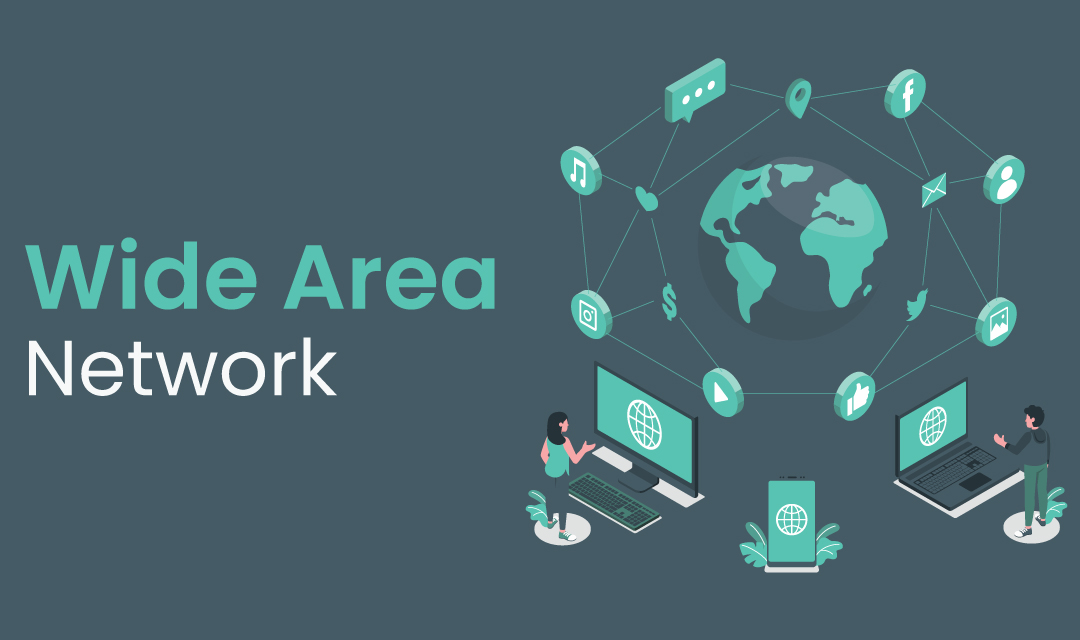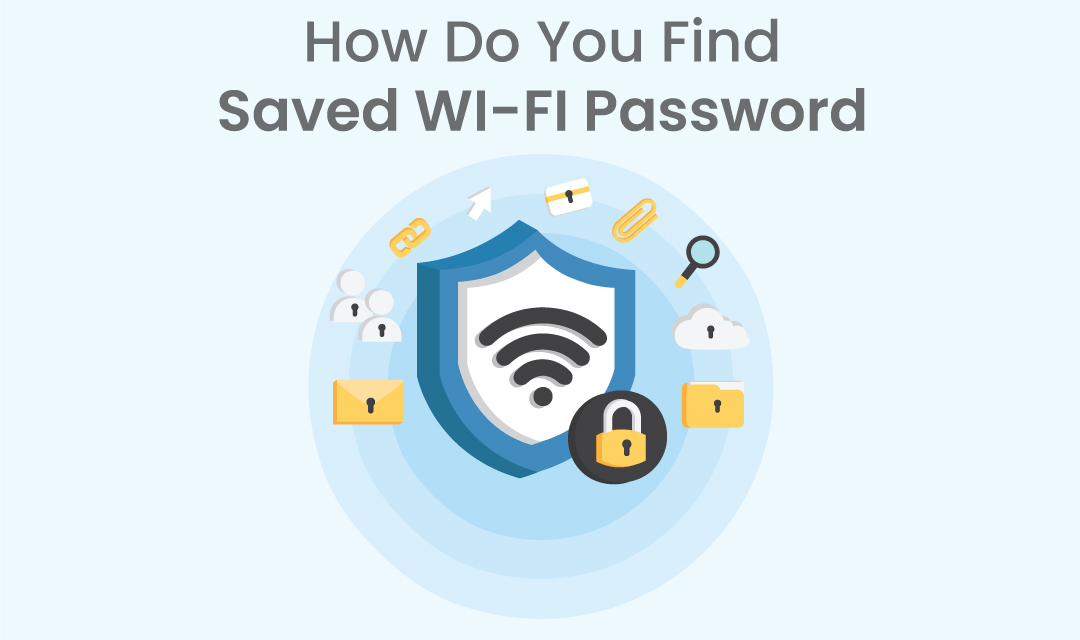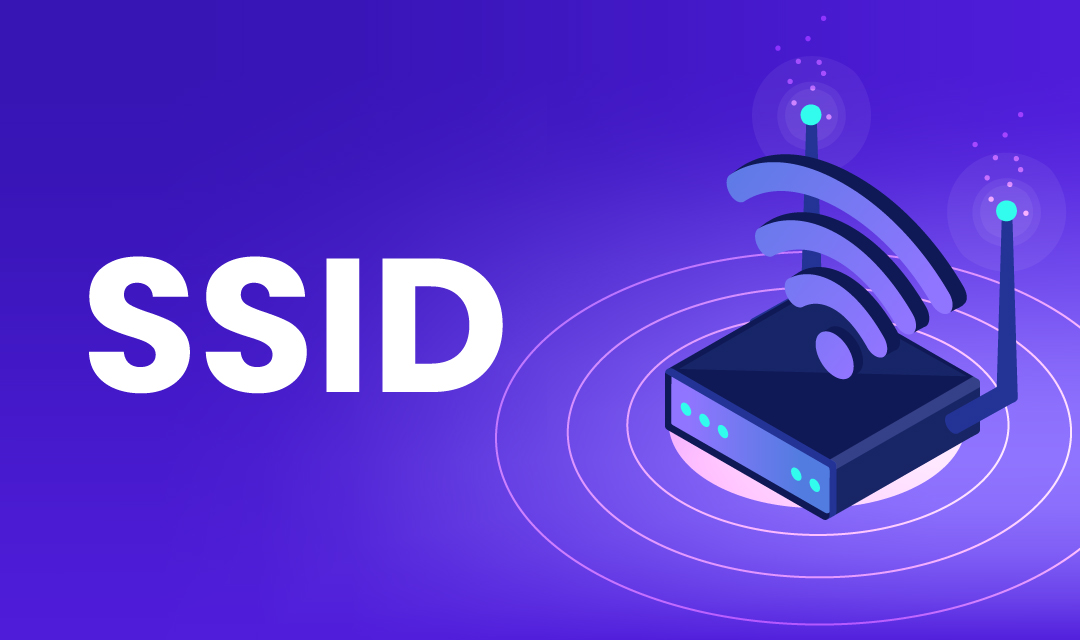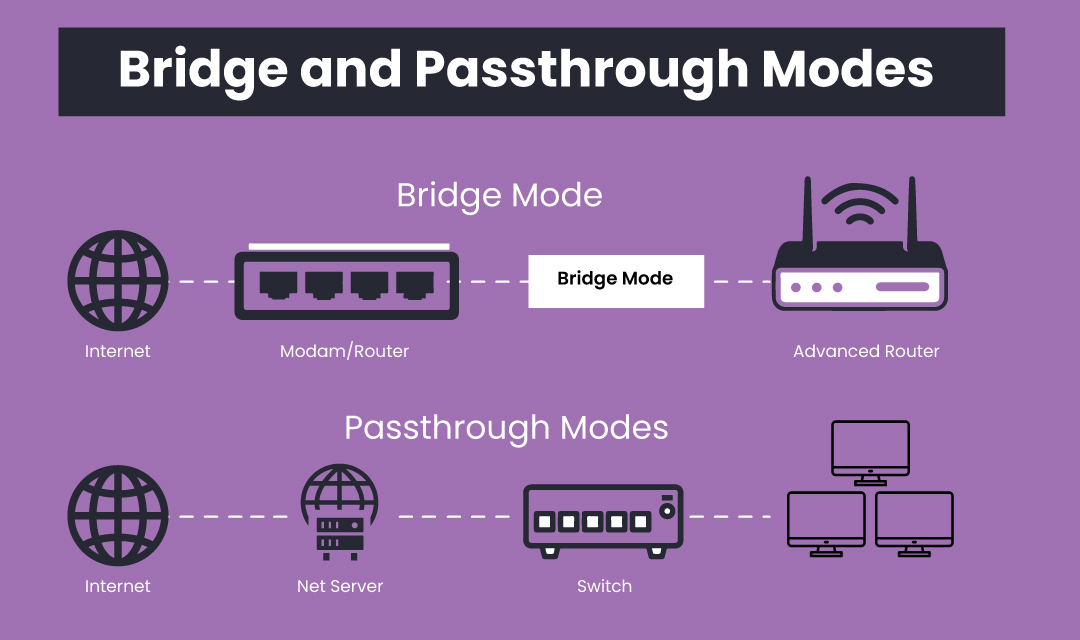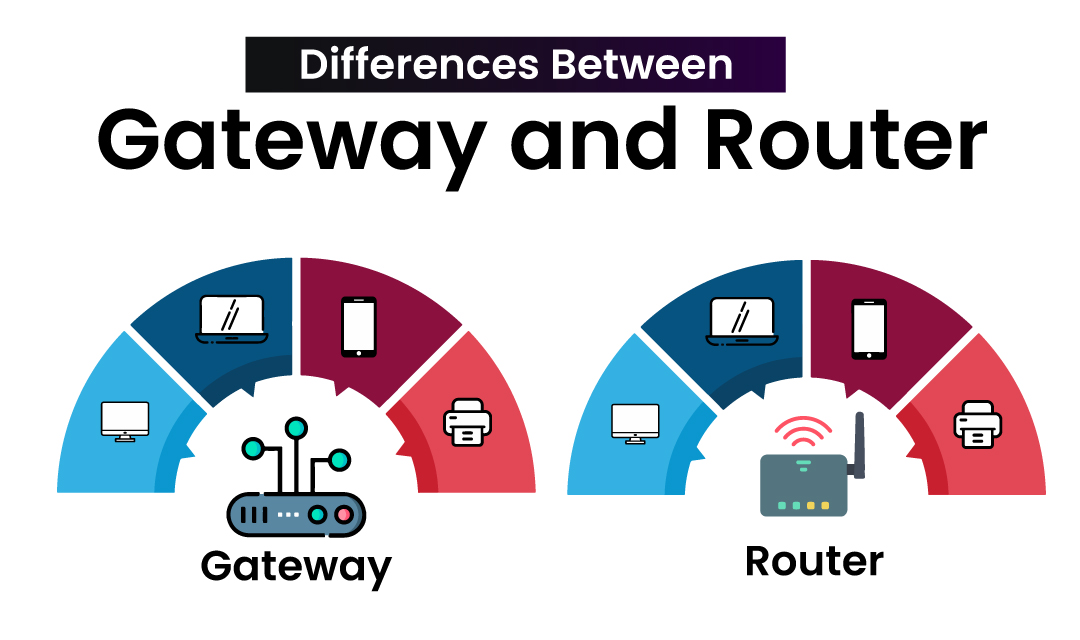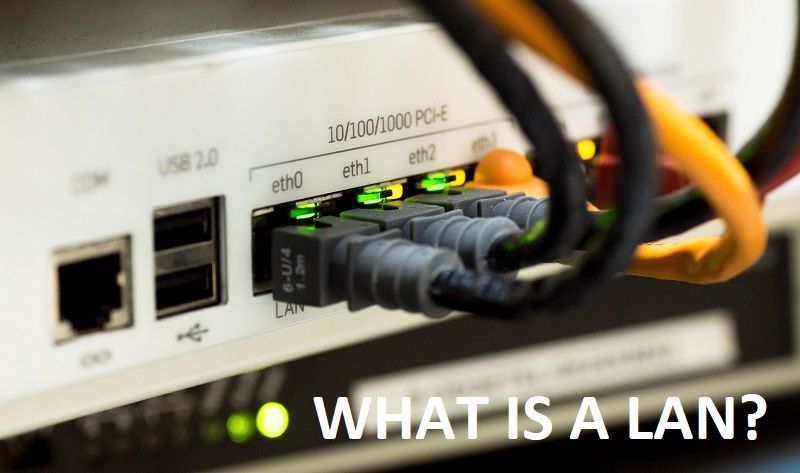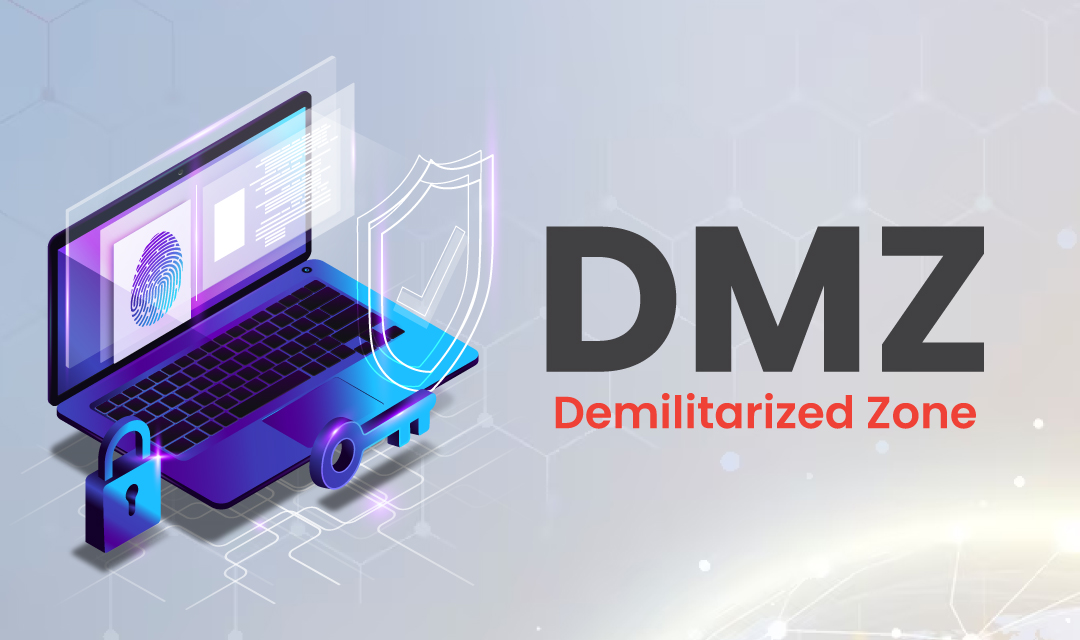
A DMZ (Demilitarized Zone) is a network (or a node) used to connect internal resources to the untrusted outside world, usually the Internet. By creating a separate "danger" zone, internal resources are within the private network are not directly accessible from the outside world. In traditional corporate networks, the servers providing services to the outside world such as the webserver, email server, and DNS server are isolated inside the DMZ network so that the internal network is protected even if DMZ is compromised. With the explosive growth in cloud networks, the majority of public servers are relocated to cloud servers and there is less demand for DMZ than before. However, there are still some gateway servers providing access to the internal resources that are confined within the DMZ network.
